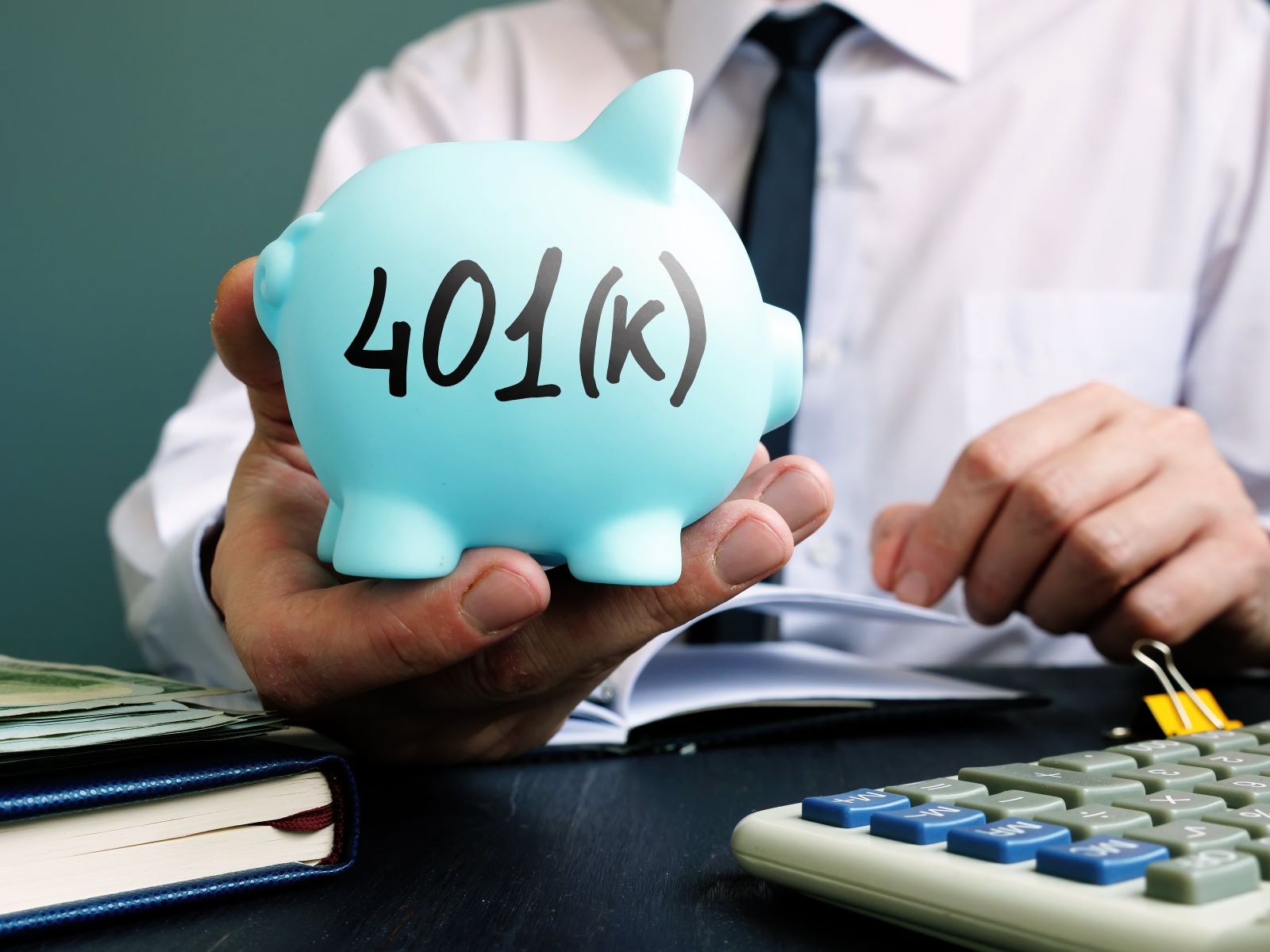Home>Finance>Short-Term Capital Gains: Definition, Calculation, And Rates


Finance
Short-Term Capital Gains: Definition, Calculation, And Rates
Published: January 28, 2024
Learn about short-term capital gains in finance, including how they are defined, calculated, and the applicable rates. Gain insights into maximizing your investments.
(Many of the links in this article redirect to a specific reviewed product. Your purchase of these products through affiliate links helps to generate commission for LiveWell, at no extra cost. Learn more)
Understanding Short-Term Capital Gains: Definition, Calculation, and Rates
When it comes to managing your finances, it’s important to have a clear understanding of different investment terms and concepts. One such concept that often comes up in financial discussions is short-term capital gains. In this blog post, we will delve into the definition, calculation, and rates associated with short-term capital gains, helping you navigate this aspect of investing with confidence.
Key Takeaways:
- Short-term capital gains are profits made from the sale of assets that are held for one year or less.
- These gains are subject to different tax rates than long-term capital gains.
What are Short-Term Capital Gains?
Short-term capital gains are generated when you sell an asset that you have held for one year or less, such as stocks, bonds, or real estate properties. The gains represent the difference between the purchase price and the selling price of the asset. It’s important to note that short-term capital gains are treated differently than long-term capital gains for tax purposes.
Calculating Short-Term Capital Gains
Calculating short-term capital gains is relatively straightforward. To determine the gain, subtract the original purchase price, any transaction costs (such as brokerage fees), and any improvements or additions made to the asset from the selling price.
Let’s break it down into a simple formula:
Short-Term Capital Gains = Selling Price – (Purchase Price + Transaction Costs + Improvements/Additions)
For example, if you purchased a stock for $1,000, paid $50 in brokerage fees when you bought it, and later sold it for $1,500, your short-term capital gains would be:
Short-Term Capital Gains = $1,500 – ($1,000 + $50) = $450
Tax Rates on Short-Term Capital Gains
Short-term capital gains are taxed at different rates than long-term capital gains. The rates are based on your income tax bracket and are typically higher than long-term capital gains rates. Short-term capital gains are taxed at your ordinary income tax rates.
Here’s a breakdown of the current ordinary income tax brackets in the United States (2022):
- 10%: Taxable income up to $10,275
- 12%: Taxable income over $10,275 and up to $41,775
- 22%: Taxable income over $41,775 and up to $89,075
- 24%: Taxable income over $89,075 and up to $170,525
- 32%: Taxable income over $170,525 and up to $215,425
- 35%: Taxable income over $215,425 and up to $539,725
- 37%: Taxable income over $539,725
It’s important to consult a financial advisor or tax professional for the most up-to-date information and to understand how short-term capital gains fit into your overall tax strategy.
Conclusion
Short-term capital gains are a significant aspect of investing and can have a notable impact on your overall financial well-being. By understanding the definition, calculation, and rates associated with short-term capital gains, you are better equipped to make informed investment decisions. Remember to consider tax implications when planning your investments and consult with a professional if you have any specific questions or concerns.














